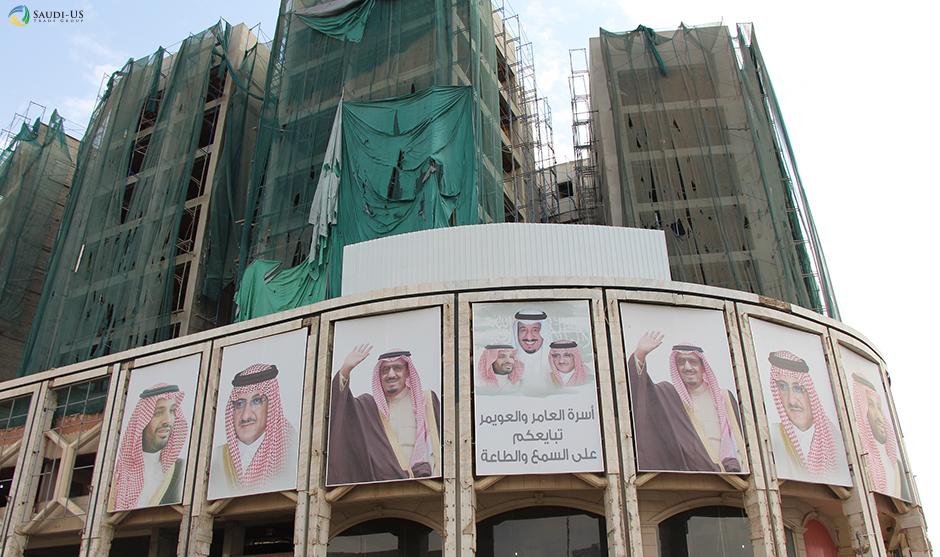A recently released Jadwa Investment report on Saudi Arabia’s labor market found little headway being made in Saudi Arabia’s goal of increasing employment of Saudis.
According to Jadwa Investment, although Saudi Arabia’s unemployment rate fell slightly from 11.7 percent in 2014 to 11.5 percent in 2015, “of these positions, 368 thousand (or 88 percent) went to non-Saudis,” Jadwa said.
In fact, 2015 was the slowest annual increase on record for Saudi net employment, growing by just 49,000 thousand in 2015. Private sector net employment of Saudis fell for the first time since labor market reforms began in 2011, and nearly all sectors within the private economy saw negative changes to their Saudization rates.
The fall in unemployment was “mainly due to fewer Saudis joining the labor force rather than higher employment growth,” Jadwa said.
New programs and initiatives by the public and private sector show the Saudi government is focused on employing Saudis, but moving beyond rhetoric to major progress on this challenging socioeconomic issue has been difficult. Declining oil revenues and a tight fiscal budget for the government do not make solving the problem easier. With low oil prices, Saudi leaders are embracing cutbacks across the board, and that reality was reflected in a fall in public sector employment of Saudis fell year-on-year in 2015.
Saudi Arabia last updated its labor laws in October 2015.
The Nitaqat (“Ranges”) Program introduced in 2011 has staunch advocates and detractors and the ongoing argument between members of the private sector and the Ministry of Labor over recent fee hikes for foreign employees has been especially sharp.
“If there is agreement on the need for reform, there has been strong disagreement over how to go about achieving it,” wrote Nathan Field in a recent analysis for SUSTG. “And that is the main critique of Nitaqat.”
Click here to read the full report from Jadwa Investment on the Labor market.









